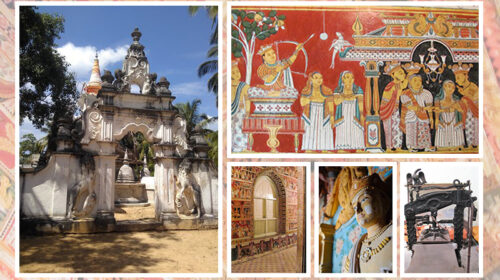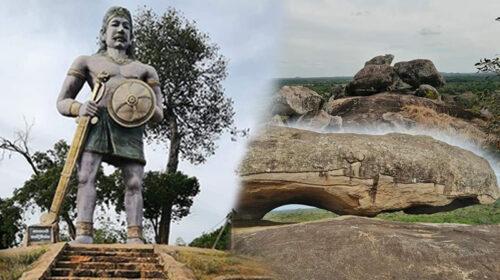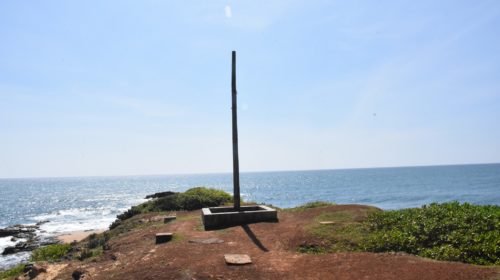Nalanda Gedige
About Nalanda Gedige
Most of the way along the interstate from matale to dambulla you will go over the town of nalanda confronting the dry zone toward the north of the slope country. In this nalanda town, in a paddy field which has now been transformed into a supply, there are remnants of sanctuaries with nuts, which is a recorded sanctuary of archeological worth.

Archeological proof proposes that the sculpture, named after Gedige, dates from the eighth to the 10th century. The Pallava engineering of Mahabalipuram, which traces all the way back to the seventh century, is viewed as the main enduring Buddha sculpture in Sri Lanka. From one viewpoint, there is the association among Theravada and Mahayana convictions. Then again, this house has an extraordinary spot as where the idea of Buddhist and Hindu strict convictions can be seen. It is likewise accepted to have begun in the focal piece of Sri Lanka.

There is proof that the town of Nalanda, which was halfway situated inside the three old urban areas of Anuradhapura, Polonnaruwa and Kandy, assumed a significant part during the times of the Sinhala lords and the conflicts during the British pioneer time frame. It is beyond the realm of possibilities to expect to say precisely at what period the Nalanda Temple was worked with a special sort of sanctuary. There are basically no immediate sources accessible with regards to this nut. The engineering elements of the Gedige chateau, which is enlivened by the Pallava manifestations of South India, and the main stone engraving found at this spot help to concentrate on the data about this Nalanda Gedige.

This might have been a significant Buddhist cloister during the last time of the Anuradhapura time frame. The Archeological Authority of Sri Lanka was set up in 1890. Presently a short time later, HPC turned into its Commissioner. Mr. Bell’s consideration was attracted to this nut house. Around 1893, the Department of Public Works of the Government initiated crafted by merging the Nalanda Nut House. Albeit a critical piece of the structure was lowered, by 1911 Mr. Bell had uncovered pieces of the lowered structure behind the site.
Prof. Senarath Paranavithana was the primary Sri Lankan Commissioner of Archeology to explore the Nalanda organic product, which went unrecognized for quite a while. Under his direction, the edges of Gedige’s patio were raised somewhat in 1953. He additionally led research on the demolished stupa toward the north of Gedige.

During the 1970s, because of the Mahaweli Development Project, the ground on which this house was found was to be lowered. As a cure, the structure was totally destroyed and set before the Archeological Office. It was subsequently proposed to be introduced in different spots and the house was subsequently recreated on the site. The primary advances taken were to eliminate the structure and reconstruct it to a similar size as it was the point at which it was taken out and to finish the plan of the nave and the structure as impeccably as could really be expected.






Hi there! Would you mind if I share your blog with my twitter group?
There’s a lot of people that I think would really appreciate your content.
Please let me know. Thanks
yes sure let others know
thank you 🙂
Hmm it seems like your blog ate my first comment (it was extremely long)
so I guess I’ll just sum it up what I submitted and say,
I’m thoroughly enjoying your blog. I too am an aspiring blog writer but I’m still new to everything.
Do you have any points for novice blog writers? I’d genuinely appreciate
it.